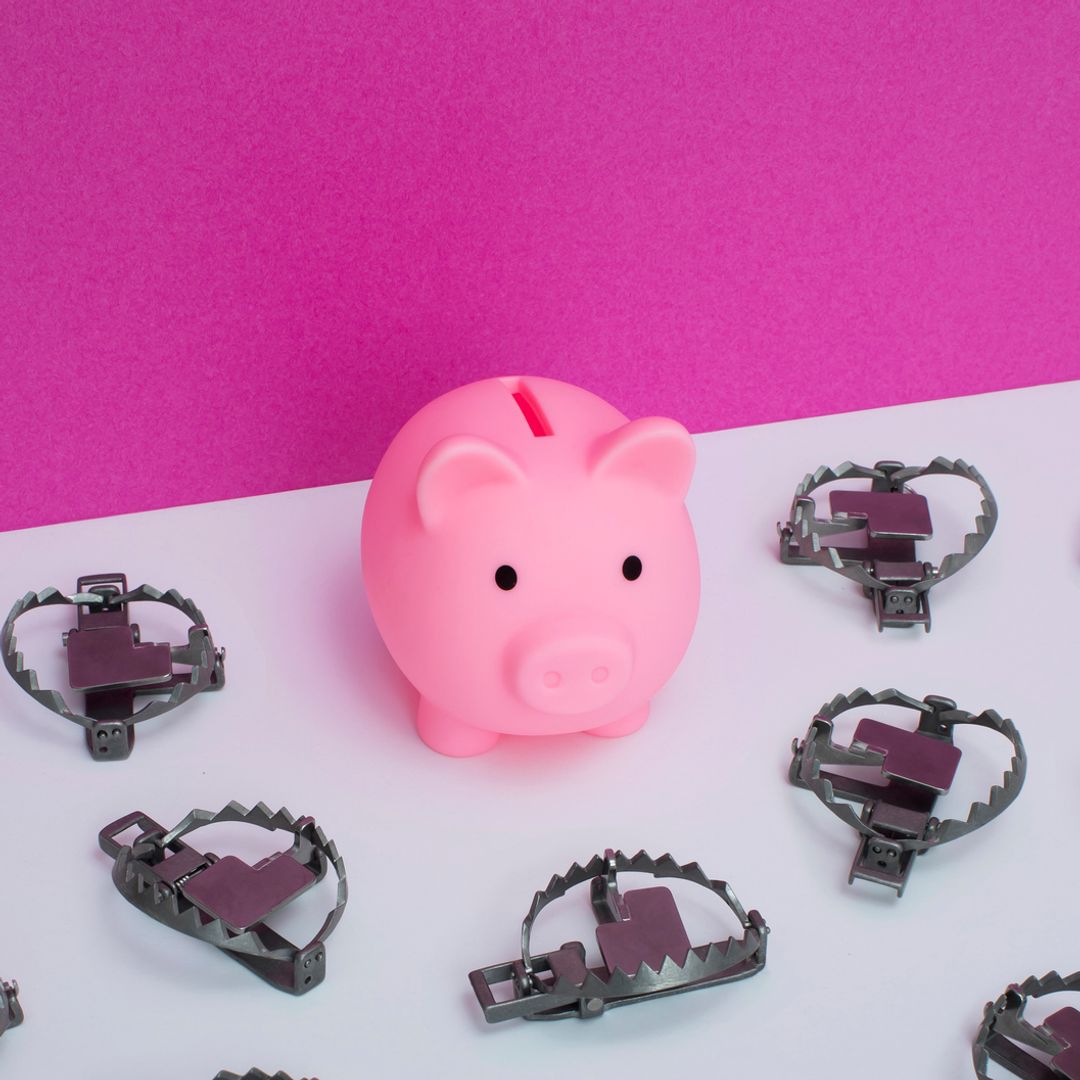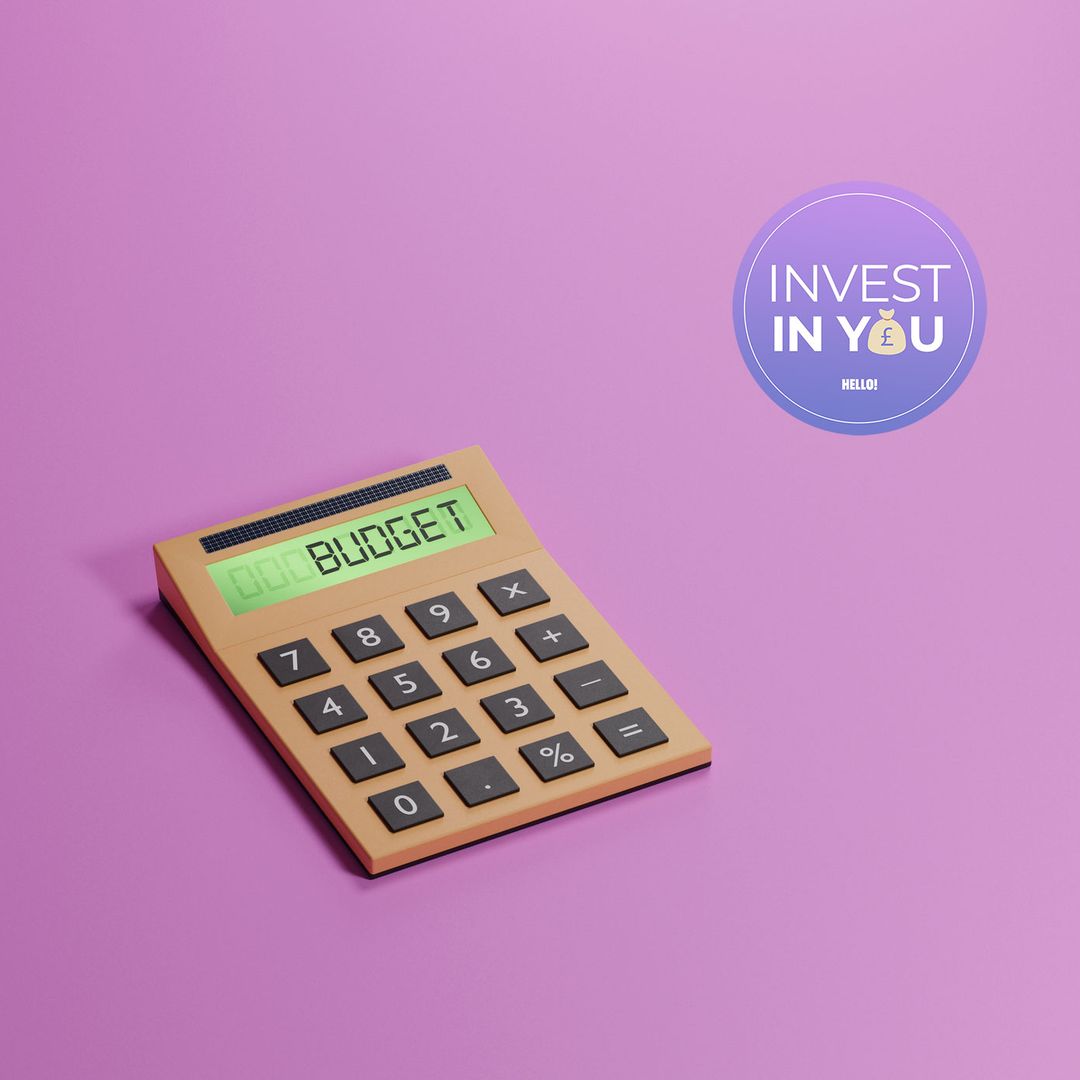It’s time to talk about your pension. Did you know that by the time women reach retirement age, they will have average pension savings of £69,000?
This is £136,000 less than the average man, who will have saved £205,000 in the same period, according to a new report by UK pension provider NOW: Pensions in partnership with the Pensions Policy Institute (PPI).
The 2024 gender pension gap report finds that for women to retire with the same amount of money in their pension savings as a man, they would need to work and save for an extra 19 years on average. As automatic enrolment starts at 22, this means that by age three, girls are already falling behind boys in their provision for later life.
Shockingly, women make up 79% of workers who earn less than the automatic enrolment earnings threshold – this means that 1.9 million women in employment are not automatically enrolled into a workplace pension.
Laura Lambie, Senior Investment Director at Investec, says: "I look at my clients now, who are in their 70s and 80s, and because the women didn't work the same length of time as their husbands, they’re on a £6,000 state pension and he's on £10,000. The woman is ordinarily worse off on the state pension side."
We need to get in the habit of investing in our future and that starts with our pensions. Laura also reiterated that men tend to have the larger pension pots "because they have had uninterrupted employment and pension contributions for 30 years. So those women might have given up work to have a family completely or for a number of years. It’s really unfair."
So what can we women do to get ahead?
Starting contributions early allows you to benefit from compound interest, significantly growing your pension pot over the long term. Also, pension contributions receive tax relief, reducing your taxable income. And with some pension schemes you can access a portion of your pension (up to 25%) tax-free as a lump sum from age 55. This offers financial flexibility later in life.
Susie Laws, a Chartered Financial Planner at Fiducia Wealth Management, says: "It’s a case of being aware and then trying to understand how to potentially make up any shortfall with additional contributions that they might be in a position to make. With life expenses and the cost of living crisis, I appreciate pensions in retirement for a lot of people seem a really long way away especially at a young age, but small changes make a big impact."
There are currently 3 types of pensions:
State pension
The state pension is paid to you by the government when you reach the state pension age, which is currently set at 66 but will increase to 67 by 2028.
The amount you receive is based on your National Insurance record. This is essentially the number of years you worked or received national insurance credits. Think of the state pension as a starter; don’t just rely on it or you will still be hungry.
Workplace pension
You then have workplace pensions - there are generally two types. A defined benefit scheme and a defined contribution pension. The latter is the most popular. Essentially you pay in some money out of your regular income each month, and your employer makes payments too. You can normally access these types of pensions from age 55 (rising to 57 from 2028). The criteria is as follows:
- Your employer must enrol you
- You’re aged between 22 and State Pension age
- You earn at least £10,000 per year
- You usually (‘ordinarily’) work in the UK
- You aren't already in a suitable workplace pension
Private pensions
And then you have private pensions. There are no specific eligibility criteria for personal pensions as they are open to anyone looking to save for retirement. Both employed and self-employed individuals can set up a personal pension.
MONEY MATTERS: 10 common financial jargon terms decoded - what do they actually mean?
Together with the state pension, your workplace pension scheme and your personal pensions are like a main course. Hopefully, combined they will fill you up.
Susie Laws says the most popular question she gets asked is, "Can I afford to retire?" Her response is always that it’s case by case. Her key advice is to start thinking early about your pensions and what retirement will look like for you. Having a plan in place will prepare you for any changes that do come up.












